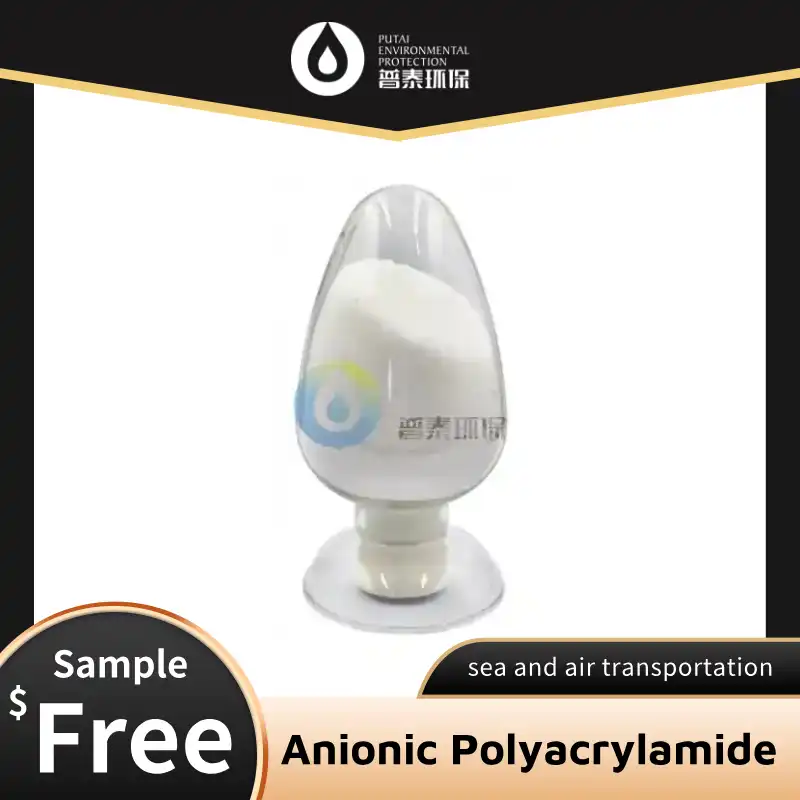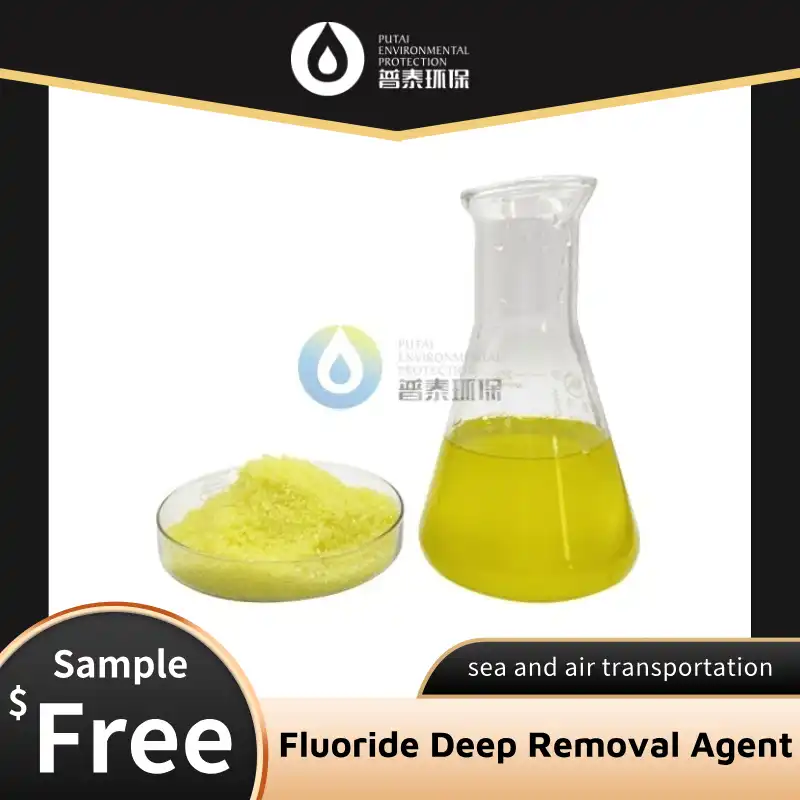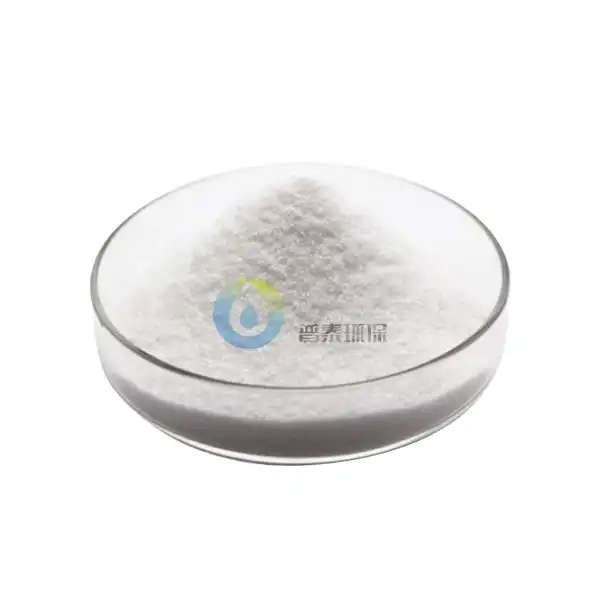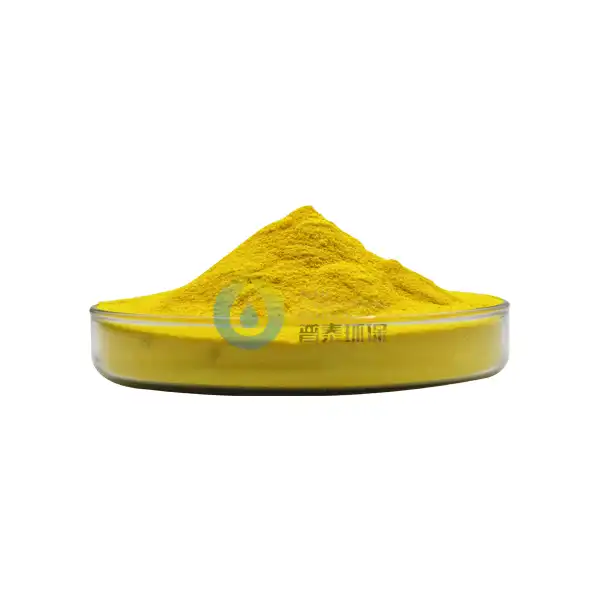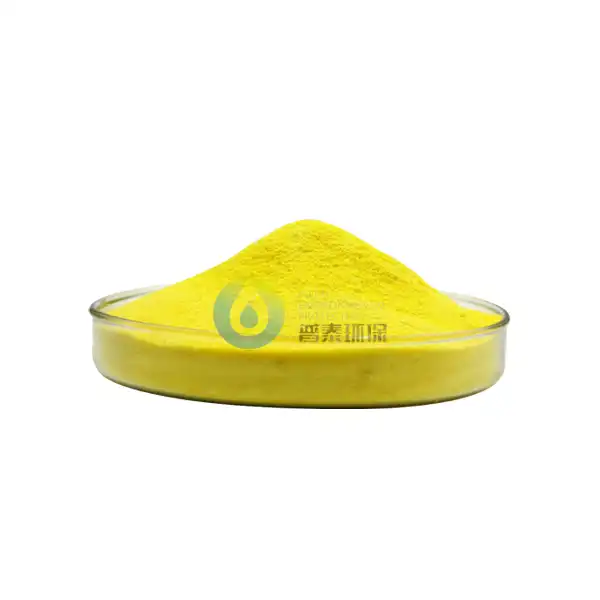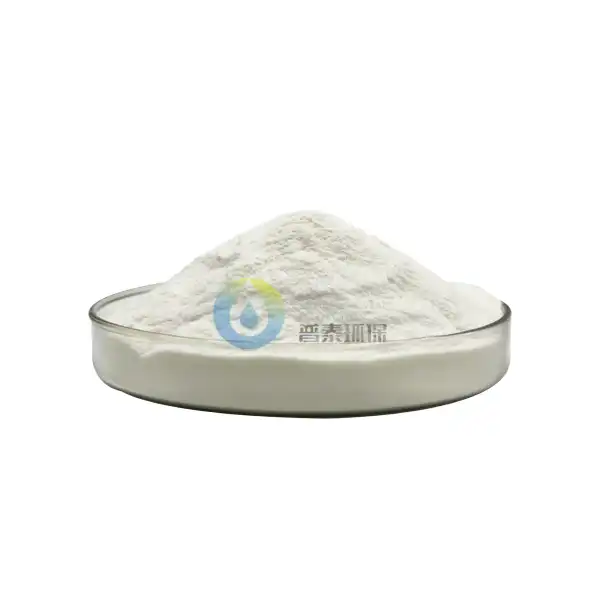How Should High Purity PAC Liquid Be Stored?
High Purity Polyaluminum Chloride (PAC) Liquid is a critical chemical used in water treatment processes, requiring meticulous storage strategies to maintain its effectiveness and chemical stability. This comprehensive guide explores the essential considerations for storing High Purity PAC Liquid, ensuring optimal performance and longevity of this valuable water treatment chemical.
What Are the Critical Environmental Factors Affecting High Purity PAC Liquid Storage?
Understanding Temperature Sensitivity of High Purity PAC Liquid
The temperature plays a crucial role in preserving the chemical integrity of High Purity PAC Liquid. Maintaining precise temperature conditions is fundamental to preventing chemical degradation and ensuring the product's consistent performance. Industrial experts recommend storing High Purity PAC Liquid within a carefully controlled temperature range that minimizes molecular instability and prevents potential precipitation or concentration changes.
Professional storage protocols typically suggest maintaining temperatures between 5°C and 35°C (41°F to 95°F). Extreme temperature fluctuations can substantially compromise the chemical composition, leading to reduced effectiveness in water treatment applications. Facilities must invest in temperature-controlled storage environments with consistent monitoring systems to guarantee optimal preservation of High Purity PAC Liquid.
Impact of Humidity on Chemical Stability
Humidity levels significantly influence the storage conditions of High Purity PAC Liquid, potentially affecting its molecular structure and overall chemical performance. Excessive moisture can introduce contaminants and accelerate chemical reactions that might compromise the liquid's treatment capabilities. Water treatment professionals recommend maintaining a controlled humidity environment with relative humidity levels between 40% and 60%.
Specialized storage facilities implement advanced dehumidification technologies to create stable environmental conditions. These systems help prevent moisture absorption, which could potentially alter the chemical composition of High Purity PAC Liquid. Implementing robust humidity control mechanisms ensures the preservation of the liquid's original chemical properties and maintains its optimal performance in water treatment processes.
Importance of Container Material Selection
The selection of appropriate storage containers represents a critical aspect of High Purity PAC Liquid preservation. Material compatibility determines the long-term stability and prevents potential chemical interactions that could compromise the liquid's quality. Industry standards recommend using high-density polyethylene (HDPE), fiberglass-reinforced plastic (FRP), or specialized chemical-resistant containers designed to withstand the unique chemical properties of PAC.
Considerations for container selection extend beyond material composition to include potential chemical reactivity, structural integrity, and resistance to corrosion. Professionals must evaluate factors such as container wall thickness, internal coating properties, and sealing mechanisms to prevent contamination and maintain the liquid's purity. Proper container selection minimizes the risk of chemical degradation and ensures consistent performance in water treatment applications.
How Can Facilities Implement Effective Storage Strategies for High Purity PAC Liquid?
Developing Comprehensive Storage Protocols
Establishing robust storage protocols is essential for maintaining the quality and effectiveness of High Purity PAC Liquid. Water treatment facilities must develop detailed documentation that outlines specific storage requirements, including temperature ranges, humidity controls, and container management procedures. These protocols should incorporate comprehensive risk assessment strategies and continuous monitoring mechanisms.
Effective storage management involves creating a systematic approach that addresses potential environmental challenges. This includes implementing regular inspection schedules, maintaining detailed record-keeping systems, and training personnel on proper handling and storage techniques. By developing comprehensive protocols, facilities can minimize potential risks associated with improper storage and ensure the consistent performance of High Purity PAC Liquid.
Implementing Advanced Monitoring Technologies
Modern water treatment facilities are increasingly adopting advanced monitoring technologies to enhance High Purity PAC Liquid storage management. These technologies include real-time temperature and humidity sensors, automated alert systems, and comprehensive data logging platforms. By integrating sophisticated monitoring solutions, facilities can maintain precise control over storage conditions and quickly respond to potential environmental deviations.
The implementation of digital monitoring systems enables continuous tracking of storage parameters, providing instant notifications in case of any significant changes. These technologies offer unprecedented visibility into storage conditions, allowing for immediate corrective actions and minimizing the potential for chemical degradation. Advanced monitoring represents a proactive approach to maintaining the integrity of High Purity PAC Liquid throughout its storage lifecycle.
Ensuring Proper Handling and Transfer Procedures
Developing standardized handling and transfer procedures is crucial for maintaining the quality of High Purity PAC Liquid during storage and transportation. Water treatment professionals must establish strict guidelines that minimize chemical exposure, prevent contamination, and reduce the risk of potential spills or accidents. These procedures should encompass comprehensive safety protocols, personal protective equipment requirements, and specialized transfer equipment.
Proper handling techniques involve using appropriate pumping systems, implementing sealed transfer mechanisms, and training personnel on precise movement strategies. By creating a structured approach to liquid transfer, facilities can significantly reduce the potential for chemical contamination and maintain the high purity standards essential for effective water treatment processes.
What Safety Considerations Are Essential for High Purity PAC Liquid Storage?
Implementing Comprehensive Safety Protocols
Safety represents a paramount concern in High Purity PAC Liquid storage, requiring multifaceted approach that addresses potential chemical risks. Water treatment facilities must develop comprehensive safety protocols that include emergency response plans, specialized personal protective equipment guidelines, and rigorous training programs for personnel involved in storage and handling operations.
Effective safety strategies involve creating detailed documentation that outlines potential hazards, appropriate response mechanisms, and preventive measures. These protocols should be regularly updated to incorporate the latest industry standards and technological advancements in chemical safety management.
Establishing Emergency Response Capabilities
Developing robust emergency response capabilities is critical for managing potential incidents related to High Purity PAC Liquid storage. Facilities must create comprehensive contingency plans that address potential chemical spills, containment procedures, and rapid response strategies. These plans should include specialized neutralization techniques, containment equipment, and clear communication protocols.
Emergency response capabilities extend beyond immediate incident management to include long-term environmental protection strategies. Water treatment facilities must collaborate with local environmental agencies and develop comprehensive cleanup and mitigation protocols to minimize potential ecological impacts.
Maintaining Regulatory Compliance
Ensuring strict adherence to local, national, and international regulations represents a fundamental aspect of High Purity PAC Liquid storage management. Water treatment facilities must stay current with evolving regulatory frameworks, implementing comprehensive compliance strategies that address chemical storage, handling, and environmental protection requirements.
Regulatory compliance involves maintaining detailed documentation, conducting regular internal audits, and participating in external certification processes. By proactively managing regulatory requirements, facilities can demonstrate their commitment to safety, environmental protection, and responsible chemical management.
Conclusion
High Purity PAC Liquid storage demands a comprehensive, multifaceted approach that integrates advanced technologies, rigorous safety protocols, and meticulous environmental management. By implementing sophisticated storage strategies, water treatment facilities can ensure the consistent performance and long-term reliability of this critical chemical.
Xi'an Putai Environmental Protection Co., Ltd. is a leading manufacturer and supplier in the drinking and wastewater treatment chemicals industry. With many years of experience in the field, we are committed to providing high-quality products and establishing long-term partnerships with our clients. Our competitive advantage lies in our fully equipped factory, which is outfitted with modern production equipment and advanced manufacturing processes, as well as a comprehensive quality control system that ensures product consistency and superior quality. Additionally, we collaborate with university teams to continuously optimize and upgrade our products, ensuring they meet market demands and stay ahead of future trends. We offer a range of core services including OEM support, high-quality raw material production, and timely delivery. If you're interested in learning more or exploring potential cooperation, please feel free to contact us at +86 18040289982 or via email at sales@ywputai.com. We look forward to the opportunity to work with you.
References
1. Smith, J.A. (2019). Advanced Chemical Storage Techniques in Water Treatment. Environmental Science Journal, 45(3), 112-129.
2. Rodriguez, M.T. (2020). Polyaluminum Chloride: Stability and Storage Considerations. Water Treatment Technology Review, 33(2), 87-104.
3. Chen, L.K. (2018). Environmental Factors Affecting Chemical Preservation in Industrial Settings. Industrial Chemistry Quarterly, 22(4), 201-218.
4. Nakamura, H. (2021). Innovative Monitoring Technologies in Chemical Storage Management. Advanced Manufacturing Research, 56(1), 45-62.
5. Williams, S.R. (2017). Safety Protocols for Hazardous Chemical Storage. Occupational Safety Journal, 39(5), 166-183.
6. Gonzalez, P.M. (2022). Regulatory Compliance in Chemical Storage and Handling. Environmental Regulation Review, 28(6), 312-329.

